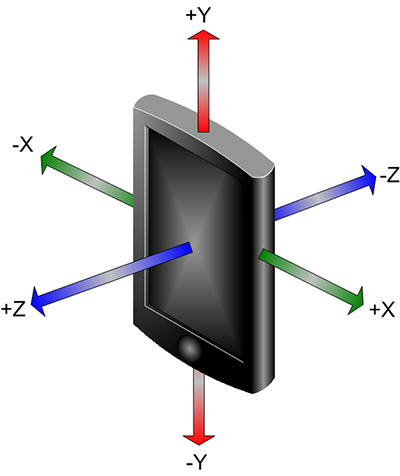Chris Malcolm
Senior Member
This is an informal summary account of the experiments I did which convinced me.Do you have links to any studies showing that such is the case? I am not at all questioning your claim, just interested in how it might be substantiated.A mechanical resonance in a complex system is quite complex.
The problems with most sensor-stabilized systems are well known, and there's even been some formal attempts at quantifying them. Falk Lumo, also present here on DPR, among others have some material in the public domain concerning mirror and shutter vibration effect on image sharpness.
Recent cameras (modern constructions) have very low mirror-slap impact on sharpness, but stronger shutter-induced vibrations.
Back in the days of film SLRs I was taking long exposure long focal length available light shots of distant murals in a dim church. Bafflingly soft unfocused looking results. Then I learned about mirror vibration. My SLR didn't have mirror lock up. I swore then I would never buy another SLR without mirror lock up.
In fact I managed to finesse that requirement by making my next camera mirrorless, the excellent digital Sony R1 with an APS-C sensor. I was waiting for DSLRs to become mirrorless. But fate stepped in in the shape of a huge American tourist with a huge backpack who managed to swipe over my tripod mounted R1. The fall killed it. Sony at the time were making the most promising progress away from the Victorian clockwork clackery of the SLR, but did not yet have a mirrorless model. They also didn't have mirror lock up, saying that with modern damped mirror machinery it wasn't needed.
I reluctantly and sceptically bought a Sony A350 DSLR. Quick tests showed no obvious evidence of mirror vibration. So it was clearly much less at least. But had it gone? I acquired a Sony 500mm reflex lens. Its focal length and very small rotational inertia made it the ideal lens for revealing mirror vibration. And I found it. At shutter speeds below around 1/300th sec I got a ghost image a few pixels vertically displaced. As the shutter speed went down it turned into a vertical smear, then it spread out into a general fuzziness. As the shutter speed continued to go down it started to sharpen again. Exactly what you'd expect from a sharp vertical shock which set up high frequency vibrations which quickly died away.
Or was it shutter shock? Or a combination of both mirror & shutter shock? Now I knew what to look for I found it happening to a lesser but still annoying degree at 200mm on an ordinary zoom.
So I was very interested when I got a Sony A77, which had no moving mirror, and a mechanical front shutter curtain which could be optionally switched in the menu for an electronic front curtain. The ideal experimental camera to answer my question!
Tests showed that the mechanical shutter produced exactly the same vertical ghosting and smearing as I'd seen before, at similar shutter speeds. Switching to electronic shutter completely removed it. So that strongly suggests to me that where the smaller APS-C sensors were concerned Sony at least had successfully removed mirror shake in their DSLRs. What I had originally identified as mirror shake in my A350 looks in retrospect to have been shutter shake.
Of course the much bigger and more violent shutter and mirror machinery of full frame DSLRs is a more serious problem. I'm surprised more people haven't remarked on that as a reason to prefer APS-C.










